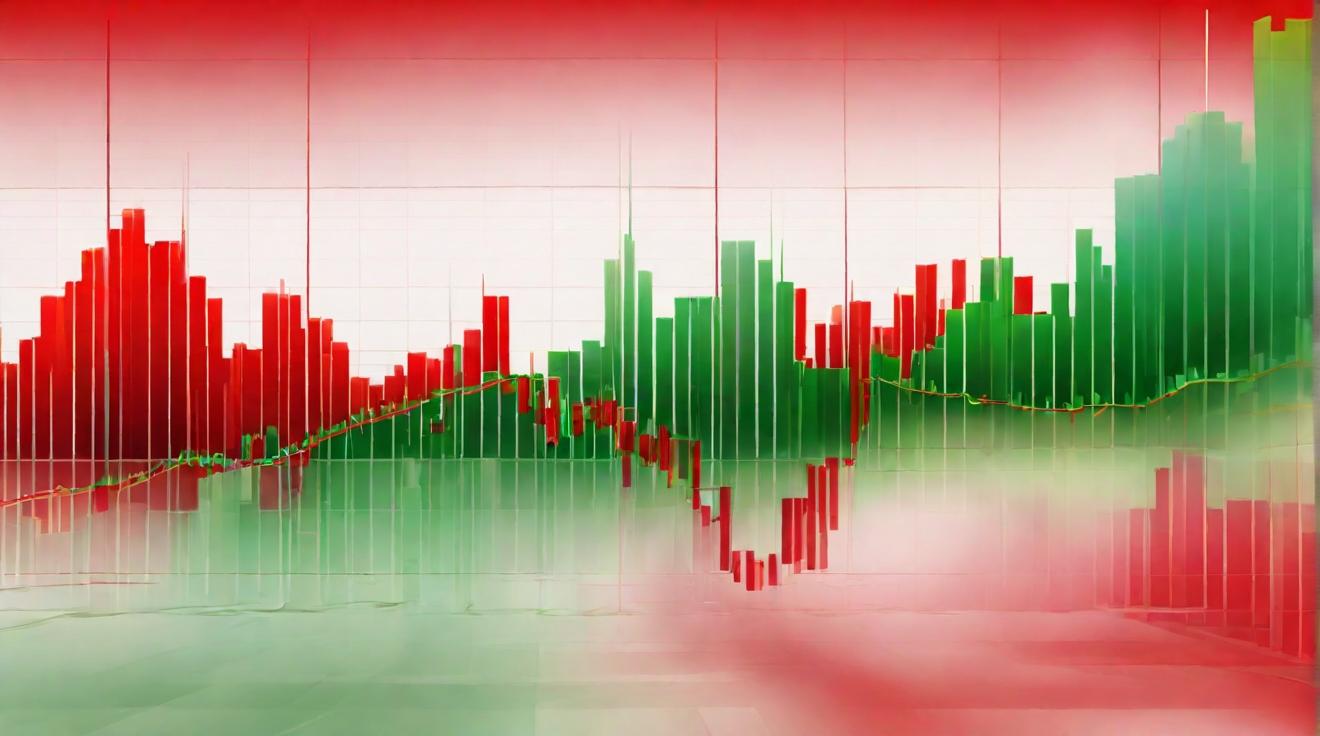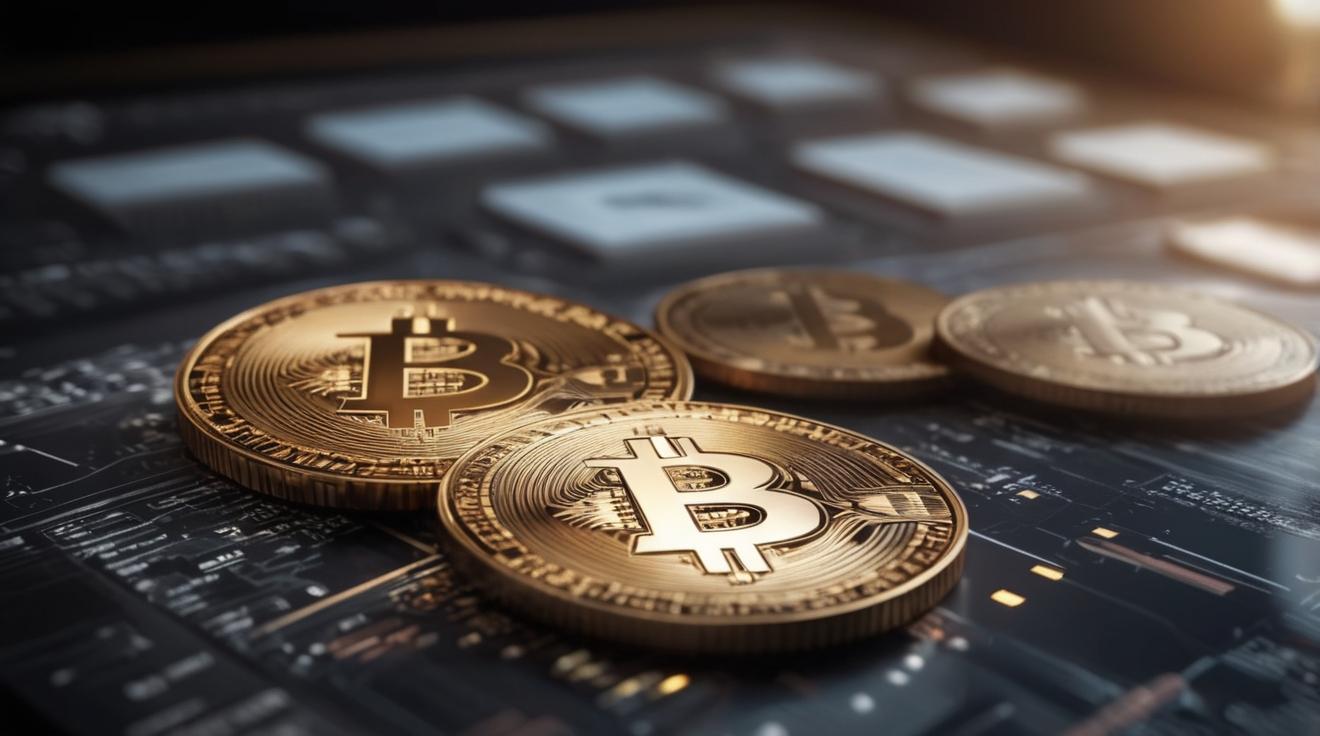A Detailed Analysis of Current NFT Market Fluctuations
The NFT (non-fungible token) market has seen a massive decline since the buzz of 2021. Several collections are worthless today; mostly newly arrived, making it challenging for collectors to sell their unique digital assets. At the same time, digital artists and NFT curators are also losing their patience with the potential of the NFT market.
According to data from NFT Price Floor, BAYC’s floor price is 24.2 ETH, or about $56,144, based on Ethereum’s current price ($2,320).
Factors Causing NFT Market to Dip
Analysts have faulted several factors for the recent dip in the NFT market.
1. Wash Trading
One factor contributing to the decline is the practice of wash trading, which involves artificially inflating trading volume to create the illusion of market activity. This manipulation can lead to price distortions and a lack of trust among investors.
2. Utility Value
Another factor is the question of utility value. Some NFTs may lack real-world use cases or a clear purpose beyond their aesthetic or collectible value. This can impact their demand and overall market value.
3. NFT Scams
NFT scams have also played a role in the market downturn. With the surge in popularity of NFTs, scammers have taken advantage of unsuspecting buyers by selling counterfeit or low-quality digital assets. This has caused a loss of trust and confidence in the market.
4. Market Cycles
Like any market, the NFT market experiences cycles of booms and busts. The recent decline could be attributed to a natural correction after a period of rapid growth. Market cycles can be influenced by various external factors and investor sentiment.
5. Global Market Trends
The high inflation rates and struggling global economy are among the factors being blamed for the NFT market downturn. Economic uncertainties and a decrease in disposable income may lead to a decrease in demand for non-essential assets like NFTs.
6. Distribution of Value
The distribution of value within the NFT market is another factor contributing to the current dip. Some argue that a small number of artists and collectors benefit greatly from the market, while others struggle to sell their assets at a reasonable price. This imbalance can affect overall market stability.
Adapting to Market Changes with Informed Pricing Strategies
As the NFT market continues to evolve, both creators and collectors must adapt their strategies to navigate these fluctuations. Informed pricing strategies, based on market research and analysis, can help ensure fair valuations and successful sales. Additionally, artists and curators should focus on building strong reputations and maintaining transparency to gain trust from potential buyers.
The Future of NFTs
The current dip in prices has several negative and positive implications for the future of NFTs. From a negative point of view, the price downturn indicates that participants can easily manipulate the NFT market through practices like wash trading. This may cause some investors to lose trust in NFTs.
On the positive side, the downturn presents a massive opportunity to solve issues plaguing the NFT industry and embrace innovation. Market corrections can lead to a healthier and more sustainable NFT market, where genuine value and utility are prioritized over speculative bubbles. Additionally, increased regulation and consumer protection measures can help alleviate concerns and enhance market integrity.
In conclusion, the recent dip in the NFT market is a result of various factors, including wash trading, utility value concerns, scams, market cycles, global market trends, and the distribution of value. To survive and thrive in this evolving market, participants must adapt their strategies and embrace positive changes. The future of NFTs lies in addressing these challenges and fostering an environment of trust and innovation.
Analyst comment
Negative news: The NFT market has seen a decline in value due to factors such as wash trading, lack of utility value, NFT scams, market cycles, global market trends, and unequal distribution of value. This has caused difficulties for collectors and a loss of trust among investors.
Short analysis: The NFT market is experiencing a decline due to various factors, but this presents an opportunity to address challenges and promote trust and innovation. Participants need to adapt their strategies and embrace positive changes for a healthier and more sustainable market.













